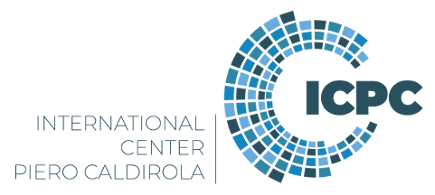Speaker
Description
A set of gamma-ray spectrometers has been designed for ITER as part of the Radial Gamma Ray Spectrometer (RGRS) project. The aim of this project is to design a system, integrated with the ITER Radial Neutron Camera, capable of measuring gamma rays emitted from the plasma with high energy resolution and at high counting rates (exceeding 500 kHz).
The RGRS will operate during the ITER DT phase and will measure gamma rays emitted from:
- reactions between fast ions (i.e., fusion-born α particles) and light impurities (e.g., ¹⁰B),
- bremsstrahlung emission generated by runaway electrons during disruptions, and
- the fusion reaction T(D, γ) ⁵He, which can provide a neutron-independent measurement of the fusion power.
The RGRS detectors are arranged along four lines of sight, each equipped with a large LaBr₃ scintillator crystal and a LiH neutron attenuator. Due to the high neutron flux and strong magnetic field, the entire RGRS configuration module is filled with SWX-277Z-5 Kretekast and each LaBr₃ detector is housed in a magnetic shielding composed of layers of Hiperco 50A and Mu-metal.
In this contribution, I will describe the main challenges encountered during the RGRS design and the adopted solutions — from detector arrangement to shielding optimization. Finally, I will summarize the RGRS capabilities in measuring the alpha particle profile and assessing the fusion power.

